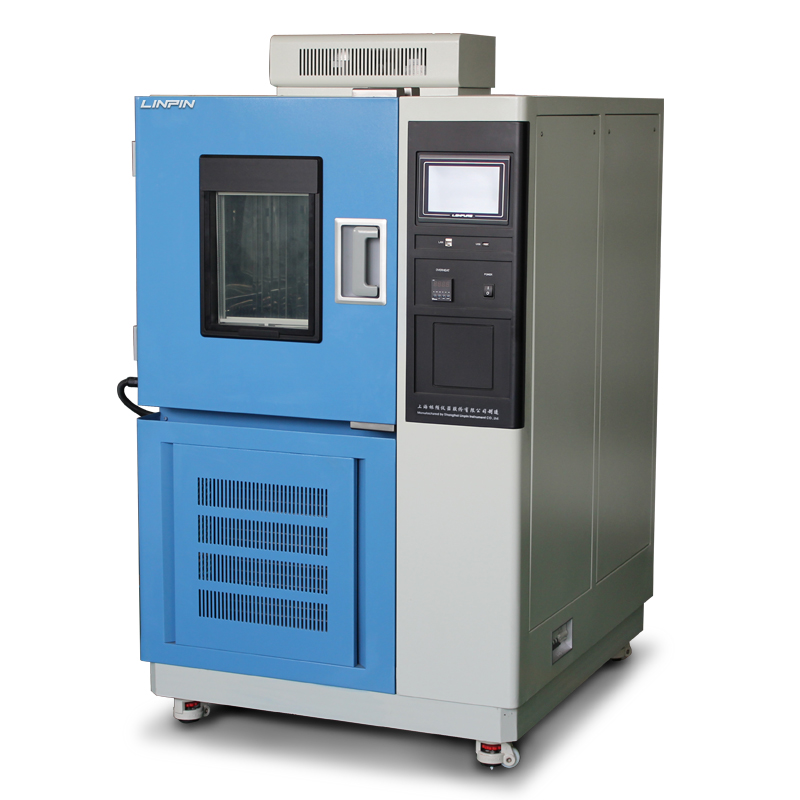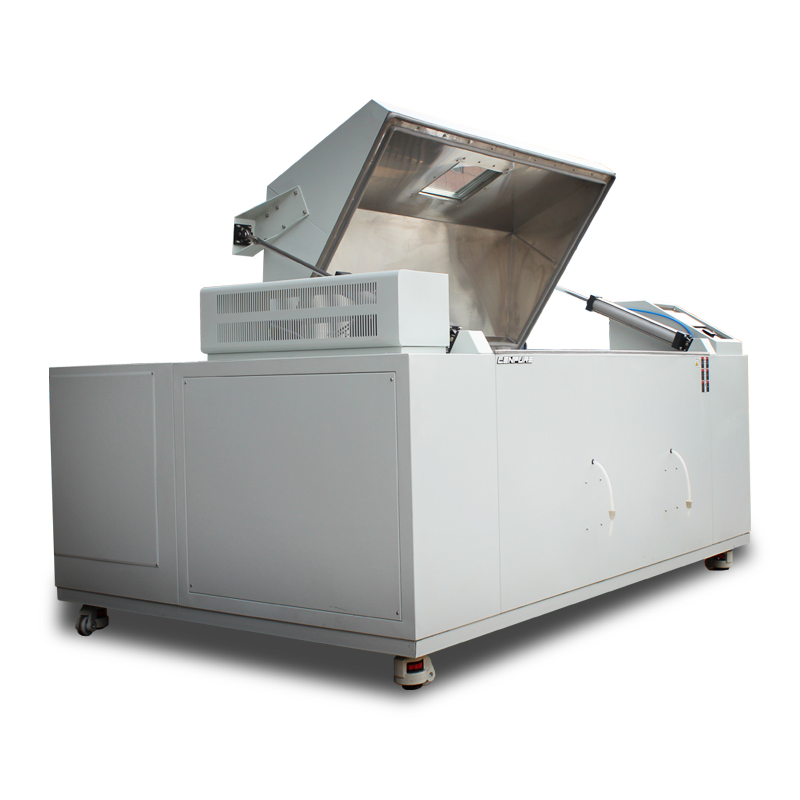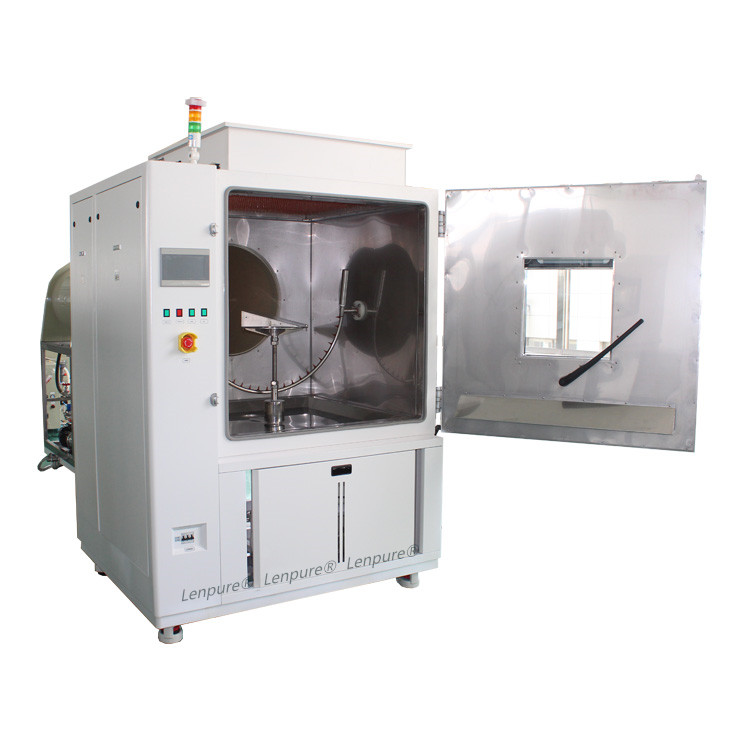Why Do Some Products Get Scrapped Directly After Thermal Cycling Tests?
Author:LINPIN Update Time:2025-08-12 Source:LINPINIn the unseen assault of temperature shocks, many seemingly sturdy products "collapse on the spot" in the lab. Have you ever wondered why some products are directly deemed scrap after thermal cycling tests? This isn’t an exaggerated result or a matter of luck—it’s the hidden consequence of a chain reaction at the physical, material, and design levels. Understanding these reasons not only helps manufacturers reduce rework and recall risks but also ensures consumers can buy with confidence and use with peace of mind.
1. Thermal Stress and Fatigue from Cycling
Rapid temperature changes cause materials to repeatedly expand and contract. When different materials have mismatched coefficients of thermal expansion (CTE), shear and tensile stresses build up at joints, solder points, and adhesive interfaces. Over multiple cycles, these stresses accumulate, forming cracks that eventually lead to functional failure or safety hazards.
2. Material Phase Changes and Performance Degradation
Certain polymers, alloys, or coatings undergo phase transitions—such as glass transition, phase separation, or precipitation—at different temperature ranges. These changes can drastically reduce toughness, conductivity, or insulation properties. Microscopic damage invisible to the naked eye often leads to irreversible failure at critical moments.

3. Encapsulation and Seal Failure
Electronic components, optical devices, and sensors rely on seals to block moisture and dust. Temperature fluctuations cause sealing materials to crack, harden, or delaminate, allowing humidity and contaminants to infiltrate. This can result in short circuits, corrosion, or signal degradation.
4. Solder Joint, Connector, and PCB Damage
Thermal expansion mismatch between solder metals and substrates creates microcracks, especially in fine-pitch packages or multilayer PCBs where internal stress concentrates. Tiny cracks formed during a single thermal cycle can rapidly propagate in real-world use, leading to complete system failure.
5. Mechanical Loosening and Fatigue Fracture
Temperature swings loosen threaded fasteners, weaken adhesive bonds, or embrittle plastic parts. Repeated cycling can cause components to detach or jam, rendering the product nonfunctional or even hazardous.
6. Coating and Optical Performance Deterioration
Cracked, blistered, or yellowed coatings compromise protection and aesthetics. Optical components (e.g., cameras, sensors) may deviate from specifications due to minute deformations, directly failing performance criteria.
7. Quality Control and Design Flaws Exposed
Thermal cycling tests act as a "magnifying glass" for design margins and manufacturing consistency. If a product fails outright, it often reveals fundamental issues like insufficient design tolerances, poor material selection, or unstable production processes.
In essence, thermal cycling tests aren’t about "nitpicking"—they’re the ultimate reliability check for a product. Those scrapped in the lab serve as a wake-up call for improvement. Rather than accepting losses passively, manufacturers should proactively upgrade materials, refine designs, and optimize processes to build rock-solid reliability and enhance brand value.





